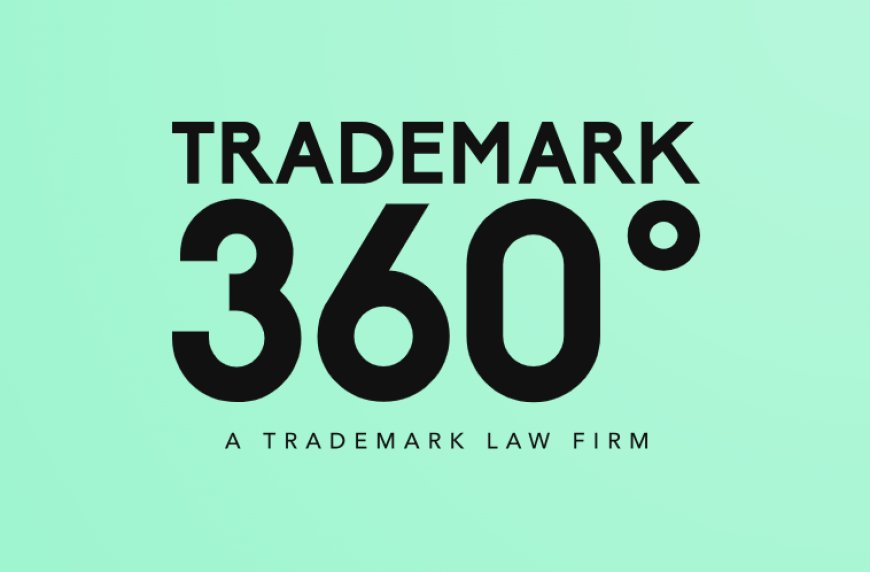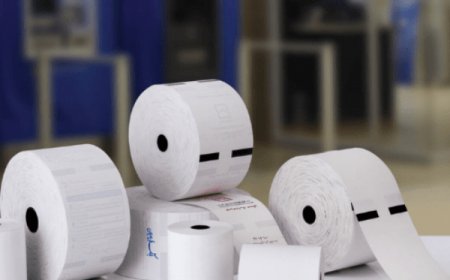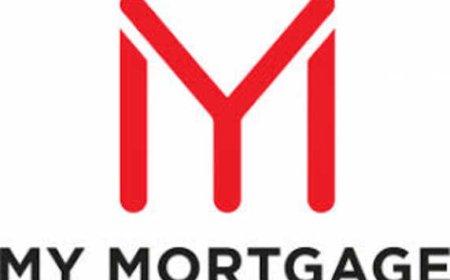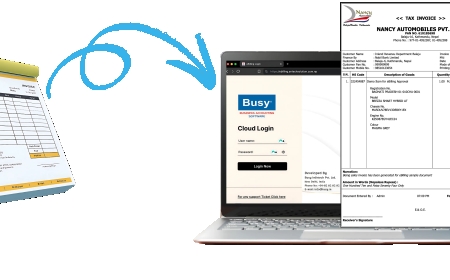Overcoming Trademark Office Actions: Expert Help to Secure Your Brand
This article explains what a Trademark Office Action is, the types of issues it may raise, and how expert assistance can help you overcome objections and protect your brand.

Applying for a trademark is a crucial step in protecting your brand, but it often comes with unexpected hurdles. One such hurdle is theTrademark Office Actionan official letter from the United States Patent and Trademark Office (USPTO) that identifies problems or issues with your application. While receiving this notice can be discouraging, it doesnt mean your trademark will be rejected. With a proper understanding and professional guidance, you can respond effectively and continue on the path to registration.
This article explains what a Trademark Office Action is, the types of issues it may raise, and how expert assistance can help you overcome objections and protect your brand.
What is a Trademark Office Action?
A Trademark Office Action is an official communication from a USPTO examining attorney. After reviewing your application, if they find any issueslegal, procedural, or technicalthey will issue an Office Action that outlines these concerns.
Office Actions fall into two primary categories:
-
Non-Final Office Action: The first notice that includes objections or required corrections.
-
Final Office Action: Issued if the applicants response to the non-final action is inadequate or if new problems are discovered.
In either case, the applicant is given six months to respond. Failure to do so will result in the abandonment of the trademark application.
Types of Issues in a Trademark Office Action
Office Actions vary depending on the unique circumstances of each application, but common objections include:
-
Likelihood of Confusion
The examining attorney believes your trademark is too similar to an existing registered trademark and may cause confusion among consumers. -
Descriptiveness Refusal
Your mark is considered too descriptive of the product or service, making it ineligible for registration. -
Generic Terms
If your trademark consists of generic terms that refer directly to the product or service, it will not be approved. -
Improper Specimen
The specimen you submitted (evidence of the trademark being used in commerce) doesnt meet the USPTOs standards. -
Incorrect Classification
Your goods or services are not properly classified under the correct International Class. -
Identification Errors
The language used to describe your products or services is too vague or broad, requiring clarification. -
Missing Disclaimers or Translations
You may be required to disclaim descriptive words or provide a translation for foreign-language terms in your mark.
Each of these objections requires a tailored response to address the USPTO's concerns directly and professionally.
Why Office Actions Should Be Taken Seriously
Ignoring or mishandling a Trademark Office Action can have serious consequences. If you dont respond within the deadlineor if your response is inadequateyour application may be considered abandoned. This not only delays your ability to protect your brand but may also open the door for competitors to register similar marks.
Because trademark law can be complex and responses must be legally sound, many applicants choose to seek professional help.
The Value of Expert Help in Responding to Office Actions
Our team provides comprehensive assistance in responding to Trademark Office Actions. We analyze the objections in detail, develop a strategic response, and communicate with the USPTO on your behalf. Here's how we support you:
-
Professional Review of Objections
We examine the issues raised in the Office Action and determine the best course of action. -
Crafting a Persuasive Response
Our legal team prepares a response backed by legal precedent and industry-specific insights to rebut objections effectively. -
Correcting Technical Errors
From reclassifying goods and services to submitting proper specimens, we ensure all technical issues are resolved. -
Tailored Legal Arguments
If your mark is refused for being descriptive or likely to confuse, we construct strong arguments with examples, evidence, and reasoning that align with USPTO standards. -
Deadline Management
We make sure your responses are submitted within the six-month timeframe to avoid abandonment of your application.
Real Success Stories
Many of our clients receive Office Actions due to common issues like descriptiveness or classification errors. With the help of our experienced team, they are able to make the necessary corrections, provide legal arguments, and ultimately secure registration.
One client, for example, received a refusal based on likelihood of confusion with a similar-sounding mark. After evaluating the competing marks and presenting evidence of different industries and consumer audiences, we successfully argued that no confusion would occurand the USPTO approved the application.
Conclusion
Receiving a Trademark Office Action is a normal, though sometimes challenging, part of the trademark registration process. Its not a rejectionits a request for clarification or correction. By responding strategically and with legal precision, you can turn a temporary roadblock into a stepping stone toward full trademark protection.
Whether youre dealing with a technical error, a descriptive mark, or a legal objection, our expert team is here to help you navigate the process smoothly. With our support, you can respond with confidence and move your trademark application forward.
































